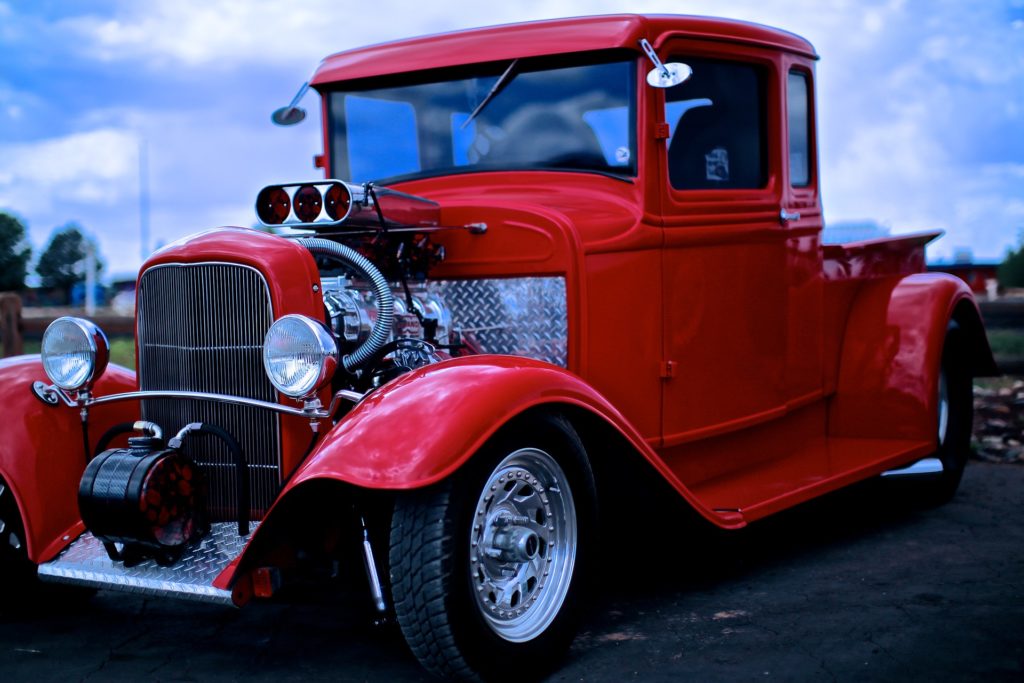
Did you know that pickup trucks date back all the way to the early 1900s, when Galion Allsteel Body Company, manufactured and installed hauling boxes on Ford Model T chasis. That was in 1913. Pickup trucks have been a big part of the American automobile scene ever since.
Eleven years after the creation of the first pickup, Dodge built one with a cab and body constructed of wood. A year later, Ford followed with a steel body that included an adjustable tailgate. It sold for less than $300. That was replaced in 1928 by a closed cab with glass windsheild, roll-up side windows and three-speed transmission. Chevrolet joined in 1931 with its first pickup.
Following World War II, the role of the pickup truck in American culture changed. It was no longer seen as solely a tool to haul goods. By the 1950s, Americans began buying pickups to get from point A to point B.
This change came about beause of the advancement in pickup truck production. They had smoother rides and more nimble bodies. They also began to feature comfort amenities, such as air conditioning and other power options. Popular trucks of the 1950s included the Chevrolet’s El Camino and Fleetside, the Dodge Sweptline and Ford’s Styleside.
By the 1960s, trucks were built more with passengers in mind. Toyota introduced the crew cab with its Stout in 1962. Dodge, Ford, and General Motors followed with their own crew cabs in the enusing decade.
The popularity of pickup trucks continued to grow in the 1970s. In the 1980s, overseas compact trucks began to appear in the market, leading American truck builders to manufacture their own compact options. Notable American compact pickups of the ’80s were the Ford Ranger and S-10s from Chevrolet.
Although pickup trucks remain very popular today for everyday and utilitarian purposes, minivans and SUVs have cut into their market share.